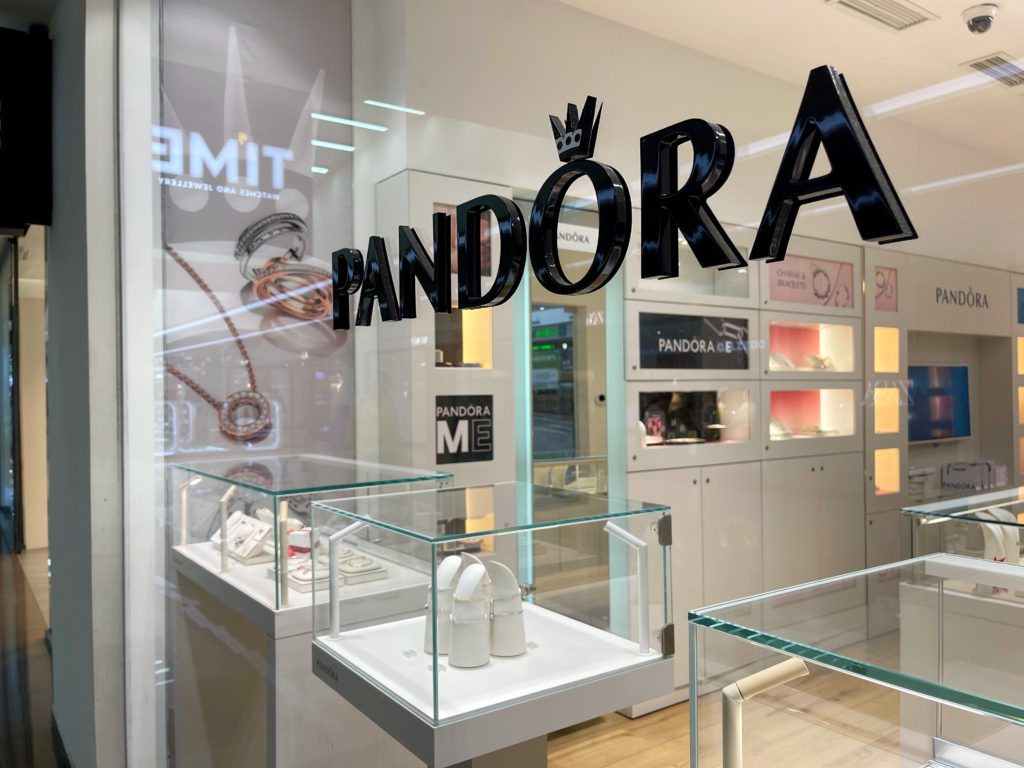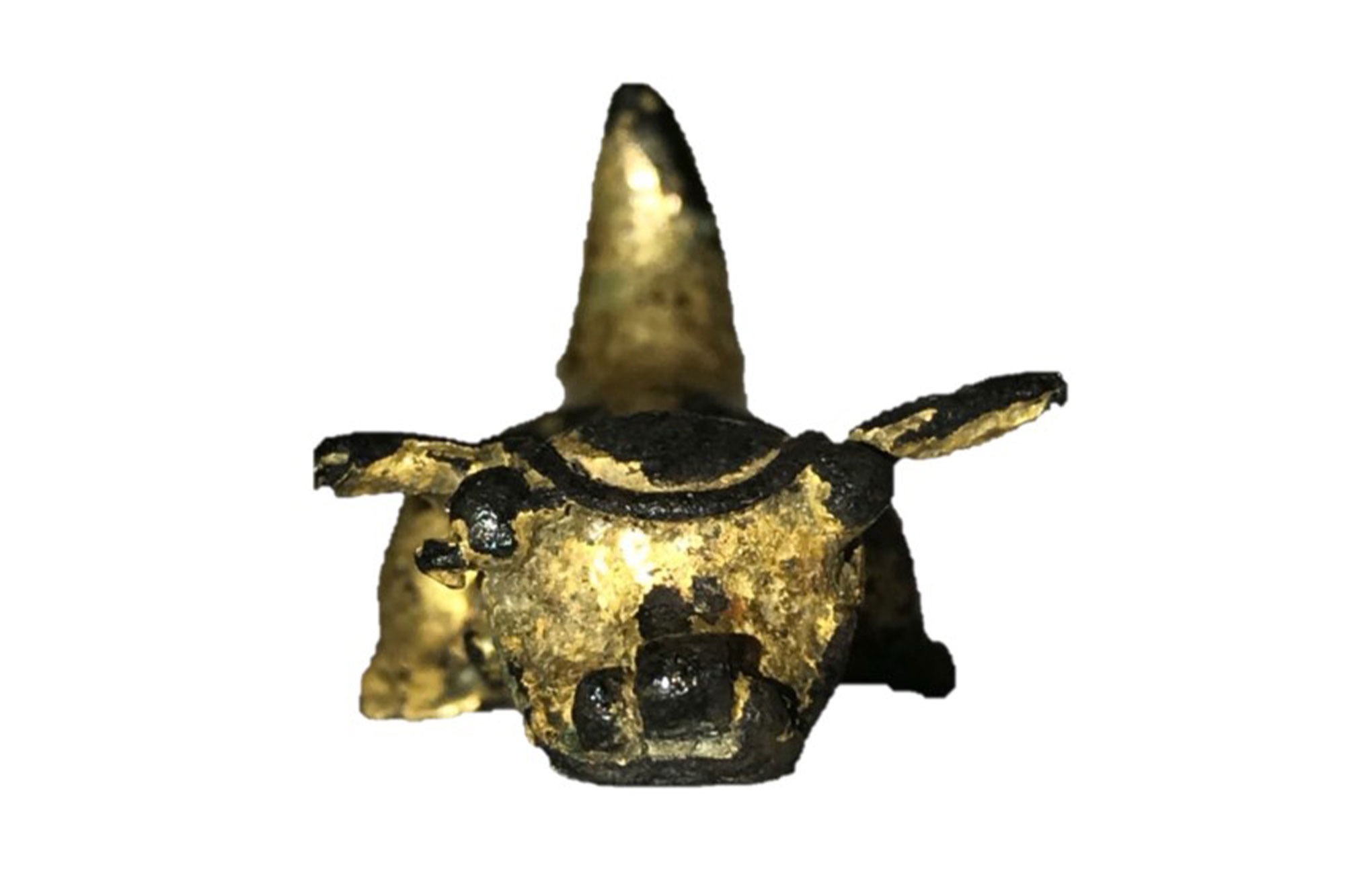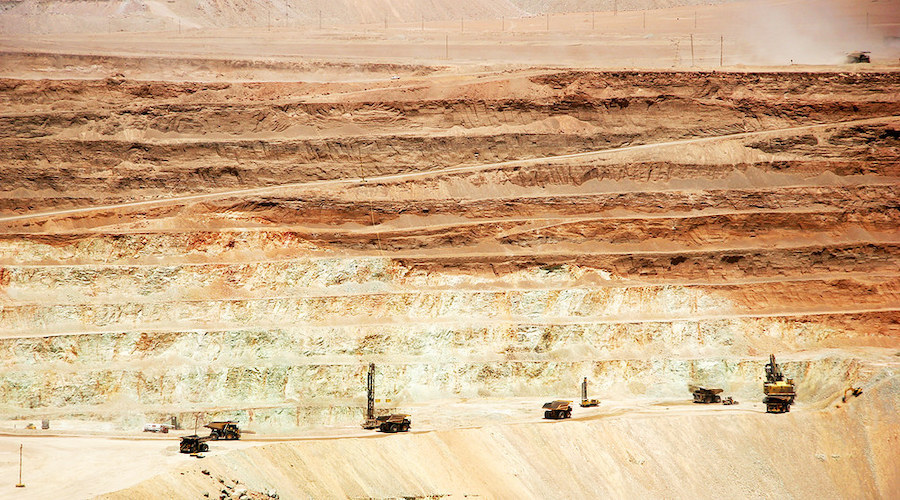World’s biggest jeweller Pandora stops using mined silver and gold

Pandora, the world’s largest jeweller by amount of products sold, has stopped using mined silver and gold and now only manufactures with recycled precious metals, which require less energy to produce.
The Danish company, known for its $65 to $95 charm bracelets, buys around 340 tonnes of silver and one tonne of gold every year. Its supply chain generated 264,224 tonnes of CO2 in 2022, according to its annual report.
Using recycled, instead of newly mined, metals cuts Pandora’s indirect CO2 emissions by around 58,000 tonnes annually, said Mads Twomey-Madsen, its senior vice president of communications and sustainability.
Recycled metal supply chains pose risks, as stolen gold can be sold as scrap to be recycled, and it is difficult to prove the origin of metals once melted down.
To mitigate the risks, Pandora uses a chain of custody standard developed by the Responsible Jewellery Council (RJC). That standard, for example, excludes gold coins and gold bars as a source of recycled gold.
Pandora, which said it reached 100% recycled silver and gold in December, is investing around $10 million a year into the switch, a cost it will absorb rather than pass on to consumers through price hikes, Twomey-Madsen said.
“We pay a premium for recycled, because we also need to help our suppliers make these transitions,” he said. Pandora declined to provide specifics on the premium.
Pandora requires its suppliers to be assessed against the RJC standard by independent auditors, including documenting the source of recycled silver. As part of the transition, Pandora suppliers had to segregate certified recycled metals from non-certified, Twomey-Madsen said.
Pandora, which sold 103 million pieces of jewellery in 2022, produces jewellery in two factories in Thailand and is building a third in Vietnam. Rivals like Monica Vinader and Missoma also advertise their use of 100% recycled silver and gold.
Metal refineries recycle silver from industrial catalysts, X-rays, electronic equipment and old silverware. They obtain recycled gold from jewellery manufacturing waste and old jewellery.
(By Helen Reid and Polina Devitt; Editing by Mark Potter)
More News
PDAC Video: Critical Metals plans key green energy projects in Europe
April 10, 2025 | 02:55 pm
One of the strangest chapters in copper mining is drawing to a close
April 10, 2025 | 01:40 pm
{{ commodity.name }}
{{ post.title }}
{{ post.date }}




Comments